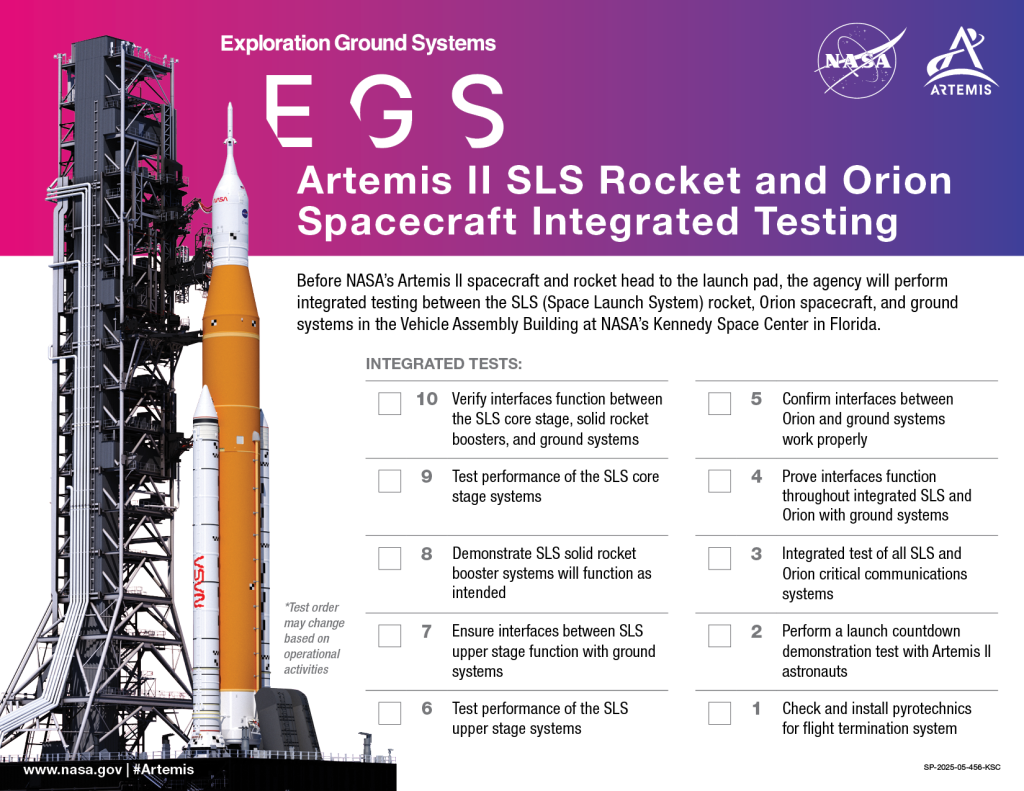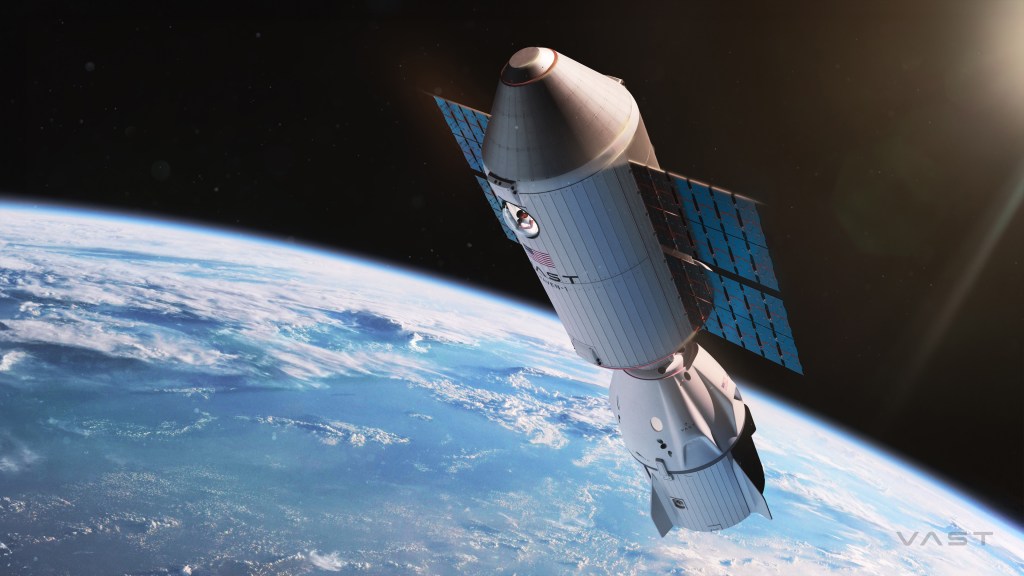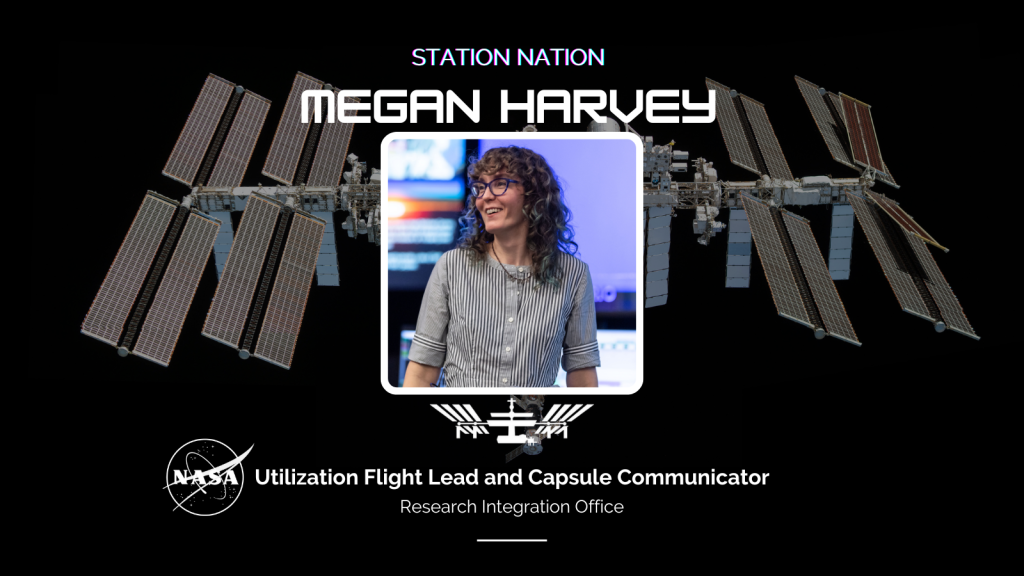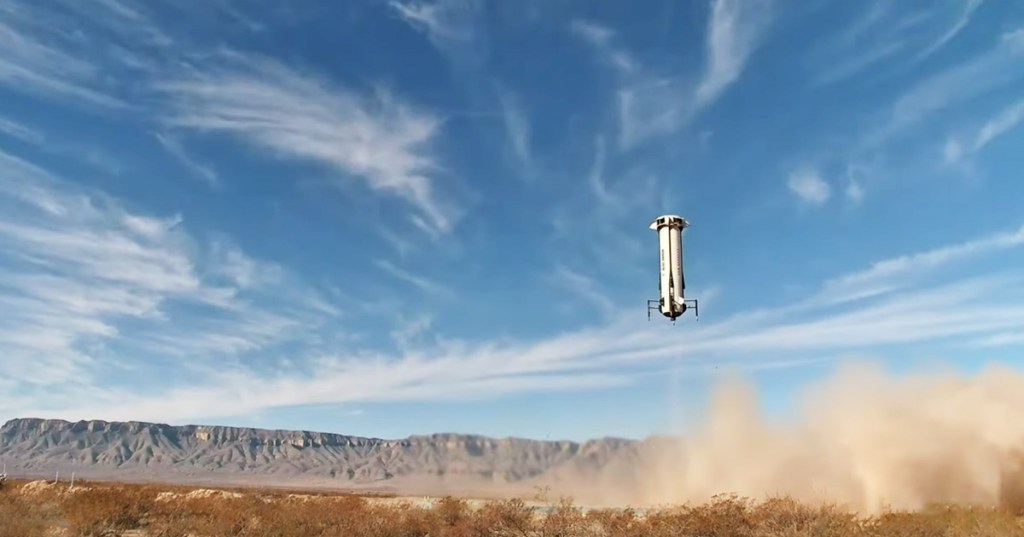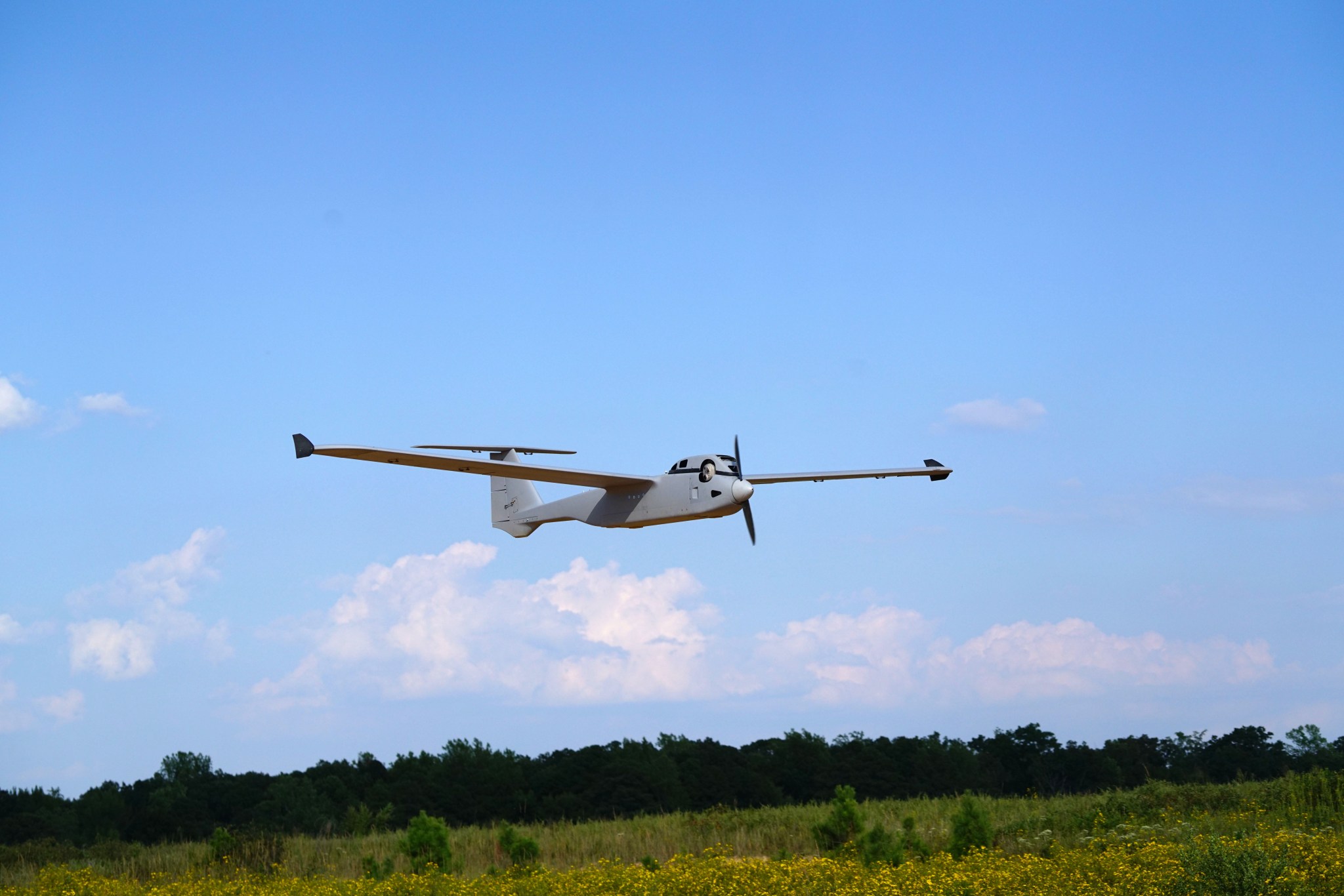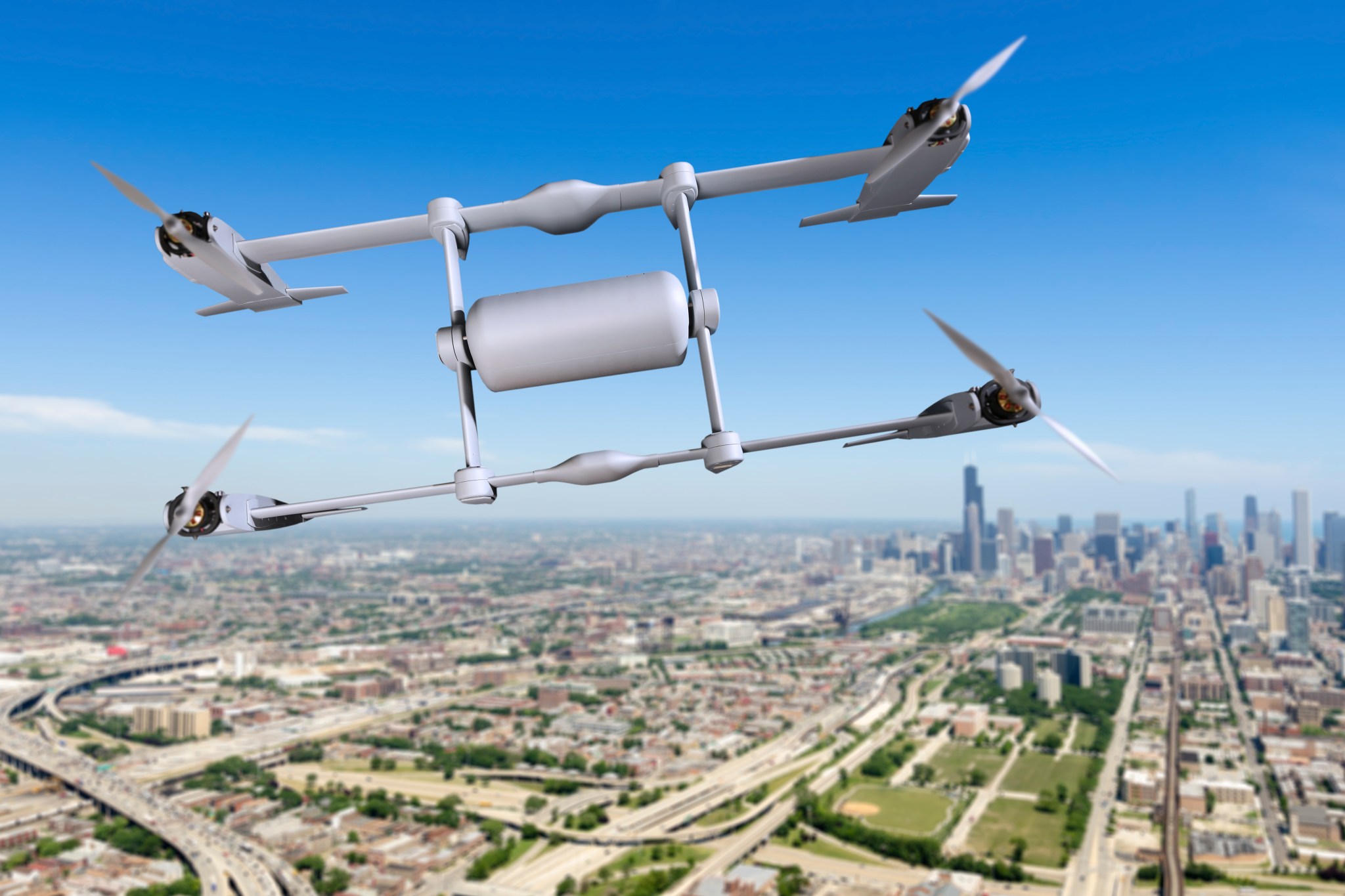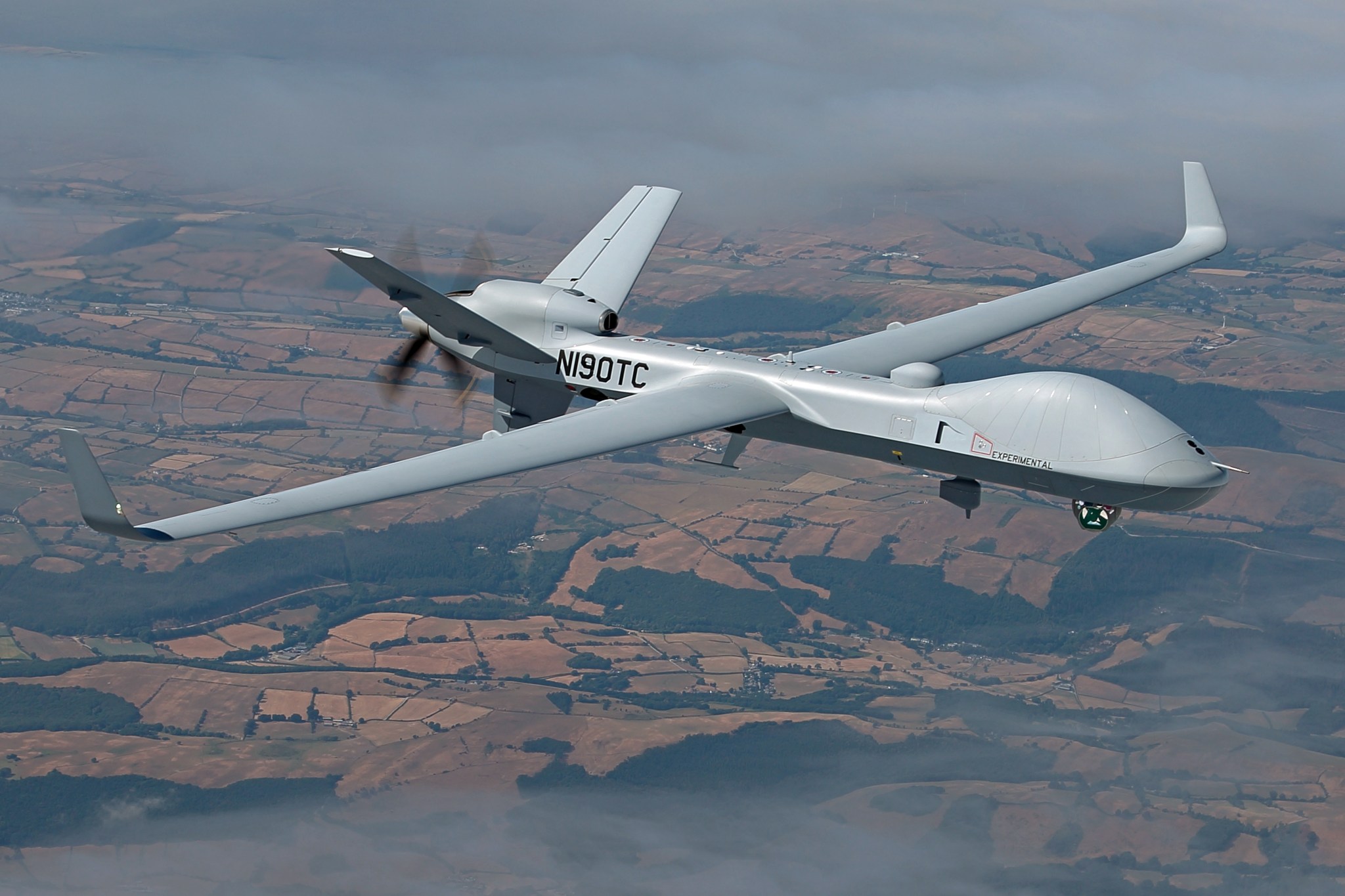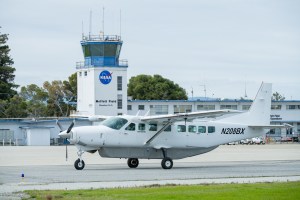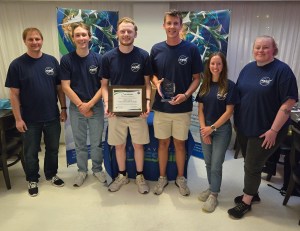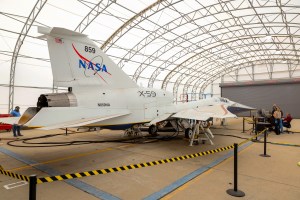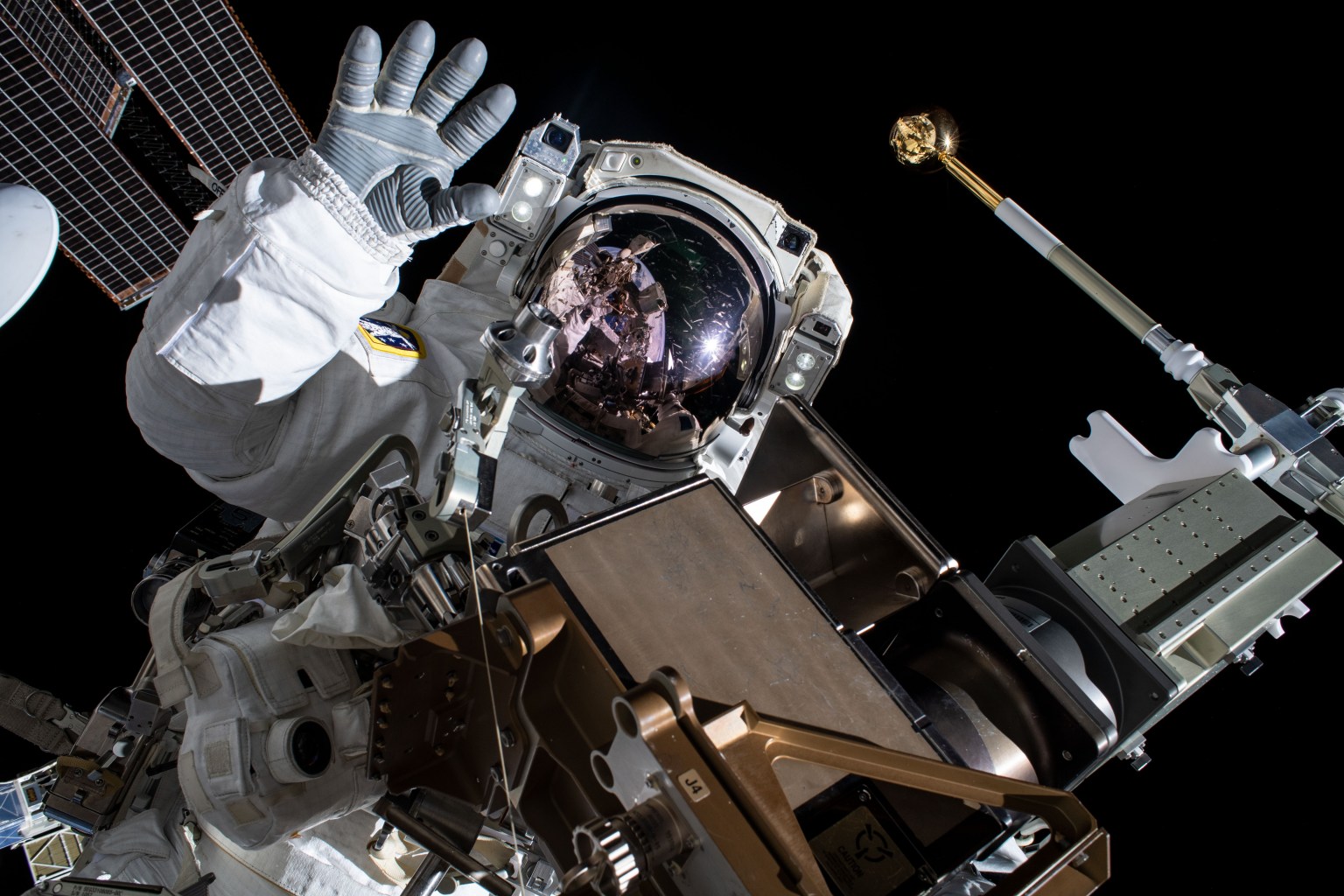NASA has signed contracts with three industry partners in a bid to demonstrate progress in the use and eventual certification of systems critical to the safe operation of Unmanned Aircraft Systems (UAS) in the National Airspace System (NAS).
The demonstration is known as the Systems Integration and Operationalization (SIO) activity and will take the form of a number of flight tests during the summer of 2020 using various-sized unmanned aircraft built by each of the three companies.
“These are not the smaller drones much of the public is used to hearing about. These are larger UAS that will fly above 500 feet to simulate missions such as pipeline inspections or cargo delivery to off-shore oil platforms,” said Robert Sakahara, NASA’s project manager for the UAS Integration in the NAS Project,
The companies now under contract include Bell Helicopter Textron, Inc., of Fort Worth, Texas; General Atomics Aeronautical Systems, Inc., of Poway, California; and PAE ISR, LLC of Sterling, Virginia.
NASA and these industry partners will work together to tackle key challenges that prevent routine commercial UAS operations today, including development, integration, and certification of unmanned aircraft and its onboard systems.
“We’re using our expertise within these areas to help our partners move toward certification,” Sakahara said.
The two key systems that are the focus of the demonstration that will hopefully assist the Federal Aviation Administration toward setting standards for certification include Detect and Avoid (DAA) and Command and Control (C2).
DAA involves employing sensors of some type (such as radar or cameras) to sense if the aircraft is flying too close to an object (such as a tall building or another aircraft) and then takes steps to fly away from the potential danger.
C2 involves technology that ensures the unmanned aircraft remains in constant, secure contact via radio with ground-based pilots and air traffic control – but also knows what to do on its own to stay safe in case that signal is lost.
SIO is part of the UAS Integration in the NAS project, which is under the Integrated Aviation Systems Program office managed at NASA Headquarters in Washington by the agency’s Aeronautics Research Mission Directorate.





